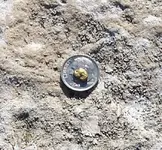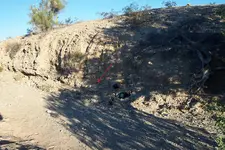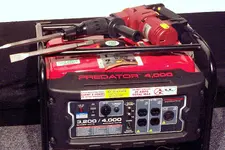2020hindsite
Jr. Member
I was wondering how hard packed gravels/cobbles are formed?
I was wondering how hard pack clay is formed?
Note that I'm in Ohio ( a glaciated state ) which may play a role.?
Thanks
I was wondering how hard pack clay is formed?
Note that I'm in Ohio ( a glaciated state ) which may play a role.?
Thanks
Amazon Forum Fav 👍
Upvote
0








